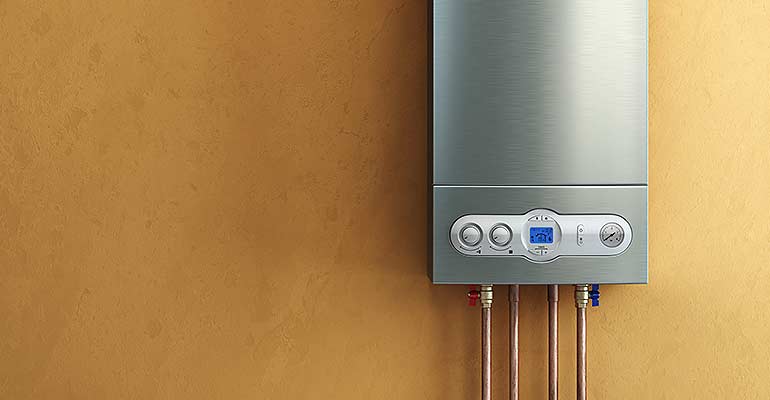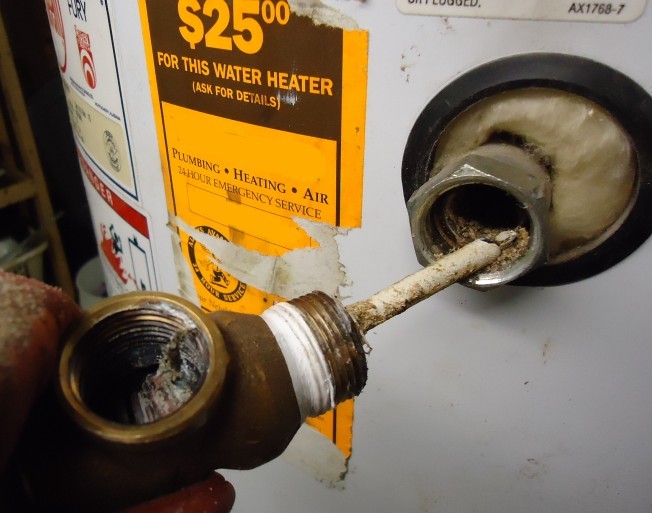This great article listed below on the subject of What Kind of Maintenance Do Water Heaters Need? is highly fascinating. Don't miss it.

Hot water is vital for day-to-day convenience, whether it's for a refreshing shower or cleaning recipes. To ensure your hot water system runs effectively and lasts much longer, normal upkeep is key. This post offers useful tips and insights on exactly how to preserve your home's warm water system to stay clear of interruptions and expensive repair services.
Intro
Keeping your home's warm water system could seem challenging, but with a few easy steps, you can ensure it operates efficiently for several years ahead. This guide covers everything from understanding your hot water system to DIY upkeep pointers and recognizing when to call expert assistance.
Significance of Preserving Your Hot Water System
Normal upkeep not just extends the lifespan of your hot water system yet additionally guarantees it runs effectively. Overlooking maintenance can lead to decreased performance, greater energy bills, and also early failing of the system.
Indications Your Hot Water System Needs Maintenance
Recognizing when your warm water system needs attention can avoid major concerns. Keep an eye out for indications such as inconsistent water temperature level, odd noises from the heating unit, or rustic water.
Flushing the Hot Water Heater
Purging your water heater gets rid of debris buildup, improving effectiveness and prolonging its life.
Monitoring and Replacing Anode Rods
Anode poles stop rust inside the tank. Evaluating and replacing them when broken is important.
Complex Concerns Needing Professional Aid
Examples include significant leakages, electrical issues, or if your water heater is consistently underperforming.
Regular Professional Maintenance Conveniences
Expert upkeep can include thorough inspections, tune-ups, and making sure compliance with security standards.
Checking and Adjusting Temperature Level Settings
Readjusting the temperature level setups makes sure optimal efficiency and safety.
Do It Yourself Tips for Upkeep
You can execute several maintenance tasks on your own to maintain your hot water system in leading condition.
Checking for Leakages
Regularly check pipelines and connections for leakages, as these can bring about water damage and greater costs.
Recognizing Your Hot Water System
Prior to diving into upkeep tasks, it's valuable to recognize the fundamental parts of your hot water system. Commonly, this includes the hot water heater itself, pipelines, anode rods, and temperature controls.
Month-to-month Maintenance Tasks
Regular monthly checks can aid catch minor concerns prior to they escalate.
Evaluating Pressure Relief Valves
Checking the pressure safety valve ensures it works appropriately and protects against excessive pressure buildup.
Protecting Pipelines
Shielding warm water pipes reduces warmth loss and can conserve power.
When to Call a Professional
While DIY maintenance is useful, some problems call for professional competence.
Verdict
Normal upkeep of your home's warm water system is crucial for efficiency, longevity, and expense savings. By complying with these ideas and understanding when to look for expert assistance, you can make sure a reliable supply of hot water without unexpected disruptions.
How to Maintain an Instant Hot Water Heater
- Before tinkering with your hot water heater, make sure that it’s not powered on. You also have to turn off the main circuit breaker and shut off the main gas line to prevent accidents. Also turn off the water valves connected to your unit to prevent water from flowing into and out of the appliance.
- 2. When you’re done, you have to detach the purge valves’ caps. These look like the letter “T” and are situated on either side of the water valves. Doing so will release any pressure that has accumulated inside the valves while at the same time avoid hot water from shooting out and burning your skin.
- 3. When the purge valves’ caps are removed, you have to connect your hosing lines to the valves. Your unit should have come with three hoses but if it didn’t, you can purchase these things from any hardware or home repair shops. You can also get them from retail stores that sell water heating systems. Read the user’s manual and follow it to complete this task properly. When the hosing lines are connected, open the purge port’s valves.
- 4. You should never use harsh chemical cleaners or solutions when cleaning your unit. Make use of white vinegar instead. It should be undiluted and you’ll probably use about 2 gallons.
- 5. Now flush your water heater. This task should probably take about 40 minutes. We can’t give you specific directions for this because the procedure is carried out depending on the type, model and brand of your heater. With that being said, refer to the user’s manual.
- 6. When you’re done draining the unit, you have to turn off the purge port valves again. Remove the hosing lines that you earlier installed on each of the water valves. Put the valve caps (purge port) back in their respective places and be very careful so as not to damage the rubber discs that are found inside these caps.
- 7. Now that everything’s back in place, check your user’s manual again to find out how to reactivate your water heating system.
- 8. Once it is working, turn one of your hot water faucets on just to let air pass through the heater’s water supply pipes. Leave the tap on until water flows smoothly out of it.
https://www.orrplumbing.com/blog/2014/september/how-to-maintain-an-instant-hot-water-heater/

I ran across that page about Water Heater Maintenance Tips You Can't Afford to Forget when doing a lookup on the web. Feel free to set aside a second to promote this write-up if you liked it. We enjoy your readership.
Get An Estimate
Comments on “Useful Techniques for Caring for Your Home's Hot Water SystemEasy Guide to Maintaining Your Home's Hot Water SystemKey Advice on Maintaining Your Home's Hot Water System”